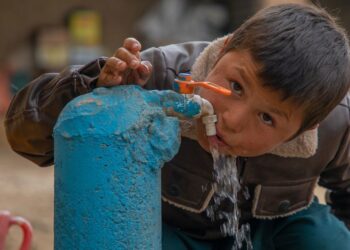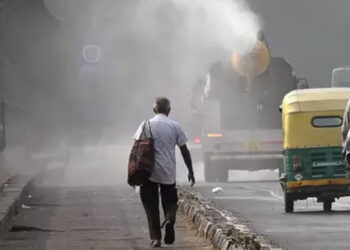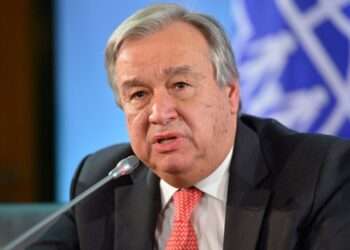A new report by the Global Alliance for Ending AIDS in Children by 2030, released on Monday, July 22 calls for an immediate expansion of HIV services in the countries hardest hit by the pandemic to achieve the goal of ending AIDS by 2030.
The Global Alliance, launched in 2022 by the World Health Organization (WHO), UNICEF, and UNAIDS, includes 12 African nations.
The report, titled “Transforming Vision Into Reality,” highlights substantial progress in preventing HIV infections among children aged 0-14.
Since 2000, programs targeting vertical transmission of HIV— from mother to child—have averted four million infections.
Several countries in the Global Alliance have made remarkable strides in providing lifelong antiretroviral therapy to HIV-positive pregnant and breastfeeding women. Uganda, for instance, is nearing a 100% coverage rate.
“I applaud the progress that many countries are making in rolling out HIV services to keep young women healthy and to protect babies and children from HIV,” said Winnie Byanyima, UNAIDS Executive Director.
“With the medicines and science available today, we can ensure that all babies are born — and remain — HIV-free, and that all children who are living with HIV get on and stay on treatment.”
Winnie Byanyima

Despite these advances, the report emphasizes that neither the world nor the Global Alliance countries are on track to meet HIV-related targets for children and adolescents.
The progress in reducing new HIV infections and AIDS-related deaths among children has slowed in recent years.
“While we have made progress in increasing access for pregnant women to testing and treatment to prevent vertical transmission of HIV, we are still far from closing the pediatric treatment gap,” said Tedros Adhanom Ghebreyesus, WHO Director-General.
“We need to further strengthen the collaboration and reach of the Global Alliance, and we must do this work with focus, purpose, and in solidarity with all affected mothers, children, and adolescents.”
Tedros Adhanom Ghebreyesus
Disparities in Age and Gender
The report noted that in 2023, approximately 120,000 children aged 0-14 became infected with HIV, with 77,000 of those cases occurring in Global Alliance countries.
These countries also accounted for 49,000 of the 76,000 global AIDS-related deaths among children in the same age group.
The report also highlights a widening treatment gap between adults and children. “Without early and effective testing and treatment, HIV remains a persistent threat to the health and well-being of children and adolescents and puts them at risk of death,” said Anurita Bains, UNICEF Associate Director for HIV/AIDS.
“To close the treatment gap, we must support governments to scale up innovative testing approaches and ensure children and adolescents living with HIV receive the treatment and support they need.”
Anurita Bains

Addressing Gender Inequalities and Human Rights Violations
Gender inequalities and human rights violations continue to increase women’s vulnerability to HIV and limit their access to essential treatment.
All UN agencies involved in the Global Alliance stress the importance of enhanced global collaboration to meet the goal of ending AIDS by 2030.
“We cannot rest on our laurels,” Byanyima said. “The world can and must keep its promise to end AIDS in children by 2030.”
The report underscores the need for increased efforts and global solidarity to bridge the gap in HIV services, especially for the most vulnerable populations.
By focusing on innovative approaches and strengthening partnerships, there is hope to end AIDS in children by the 2030 target.
This call to action serves as a reminder that while significant progress has been made, there is still much work to be done to ensure a future where no child is born with or dies from HIV.
The collaborative efforts of the Global Alliance, supported by international organizations and governments, are crucial in making this vision a reality.
READ ALSO: Judge Urges Ghanaians to Respect Polling Station Election Results





















